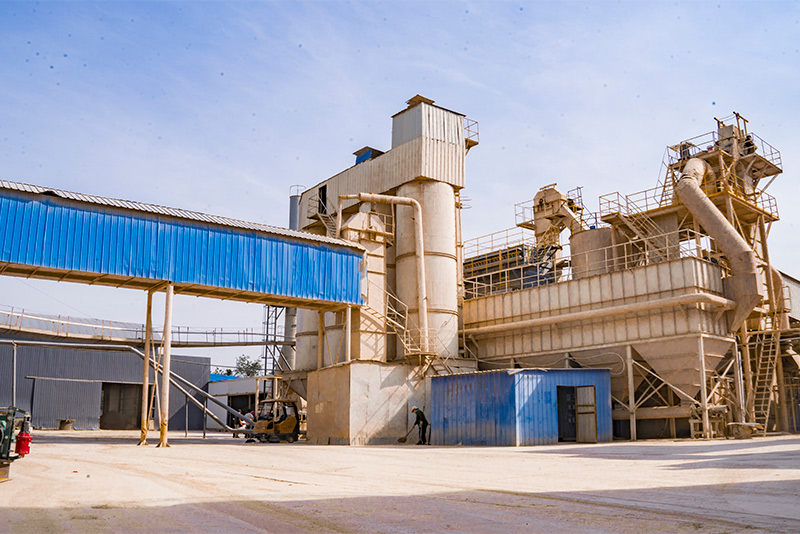The Versatile Uses of Foundry Sand
Foundry sand, a by-product of the metal casting industry, is an essential material with a range of applications that stretch far beyond the confines of foundries. This high-quality sand is primarily composed of silica and is used for molding and core-making processes, where it plays a crucial role in creating the precise shapes of metal components. However, its robust characteristics and properties lend it to various innovative uses across different sectors.
One of the most prominent uses of foundry sand is in the metal casting industry itself. During the casting process, foundry sand is mixed with additives and used to form molds and cores that shape molten metal into desired forms. Its high thermal stability and ability to withstand extreme temperatures make it an ideal material for this purpose. Foundries recycle used sand multiple times, which not only enhances cost-efficiency but also contributes to sustainability initiatives.
The Versatile Uses of Foundry Sand
Moreover, foundry sand has found a place in landscaping and horticulture. Its excellent drainage properties make it an attractive option for improving soil aeration and moisture retention in garden beds and landscapes. Additionally, the use of foundry sand in sports fields and golf courses enhances the permeability of the soil, promoting healthy grass growth. The sand also provides an aesthetic appeal when used in playgrounds and outdoor recreational areas.
foundry sand uses

Another notable application of foundry sand is in the environmental sector. Its composition allows it to be used in landfill cover and as a base material in environmentally controlled sites. Foundry sand helps with the stabilization of soil, reducing erosion and promoting vegetation growth. Additionally, its use in remediation projects is promising; it can aid in immobilizing contaminants in the soil, thereby helping in the cleanup of polluted sites.
The recycling of foundry sand addresses waste management challenges while providing economic benefits. Estimates suggest that millions of tons of foundry sand are produced every year, and significant quantities can be successfully recycled. This shift toward recycling aligns with global sustainability goals, reducing landfill usage and conserving natural resources. Industries are increasingly recognizing the importance of sustainable practices, and the reuse of foundry sand exemplifies this commitment.
Despite these numerous benefits, the adoption of foundry sand in wider applications is often limited by a lack of awareness and standardized regulations. Ongoing research and development efforts are essential to fully understand the long-term impacts and benefits of using foundry sand across various applications. Collaborative initiatives between foundry operators, environmental agencies, and construction firms can foster innovation in the use of foundry sand, leading to more sustainable practices in multiple sectors.
In conclusion, foundry sand is a versatile and valuable resource that extends far beyond its initial use in the metal casting industry. Its applications in construction, landscaping, environmental remediation, and other fields highlight its potential to contribute to sustainability while promoting economic benefits. As industries continue to explore innovative ways to recycle and utilize this material, foundry sand stands out as a model example of how by-products can be transformed into significant assets. Embracing the potential of foundry sand may not only solve waste management issues but also help industries move towards a more sustainable future.
Post time:Eki . 15, 2024 22:07
Next:陶粒鋳造砂
